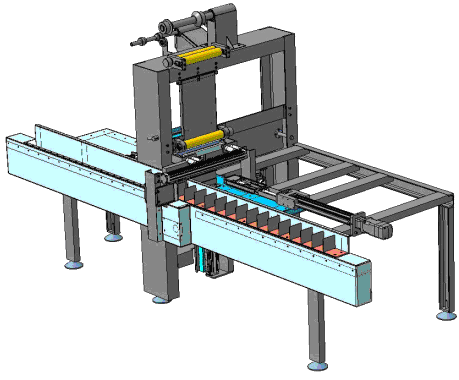Servo Motors and Their Role in the Industrial Revolution
Servo motors have become the foundation of the fourth industrial revolution, initiated by the German government. However, it should be noted that these engines still need to improve their characteristics. Although we can already see some positive changes in their production indicators, there is an increase in specific power and a decrease in weight.
Changes in Indicators Over the Last Decade
Unfortunately, there is no basis to claim a sharp increase in the physical parameters of servo motors. Manufacturers have indeed made some progress in their developments, which has led to improved specific power per unit volume. For example, SEW-EURODRIVE servo motors have reduced their weight to 3.3 kg compared to the previous 8.5 kg. At the same time, the rotor's moment of inertia has significantly decreased to 0.67 kg*m2, which positively influenced their speed performance.
The main materials used remain standard:
- NeFeB – for magnets on the rotor;
- aluminum – for housing elements;
- copper winding, insulation class no lower than F.
Recently, there has been a trend towards reducing the cost of structures and simplifying them, for example, ferrites have begun to be used instead of permanent magnets on rotors.
The priority direction of development still remains the change of the design of servo motors, such as low-speed, linear, or with integrated servo amplifiers. Significant improvements have also been made in power and control electronics.
Challenges Facing Servo Drives and Frequency Converters
The synchronous servo drive is indispensable in cases where it is necessary to:
- have frequent accelerations and decelerations due to their high speed;
- maintain set forces at low speeds;
- control a constantly changing movement pattern.
Therefore, such systems are successfully used in feeds and in tracking systems.
For power less than 2 kW, it is recommended to use only synchronous servo drives.
Pricing Policy
The price of materials used in production significantly affects the cost of servo motors. If the cost of rare earth magnets increases on the global market, this undoubtedly leads to an increase in production costs.
It is worth noting that in recent years, the cost of these units has significantly decreased, as the focus now is on accuracy, productivity, and energy efficiency.

Promising areas of application for servo motors include:
- welding equipment and sorting lines;
- units for processing plastics and wood;
- packaging installations;
- high-speed devices such as warehouse equipment.
What to Expect in Ten Years
The servo motors of the future should be integrated with electronics that include both control and power components. They should have the following functions:
- wireless data transmission;
- automatic tuning;
- monitoring of wear indicators.